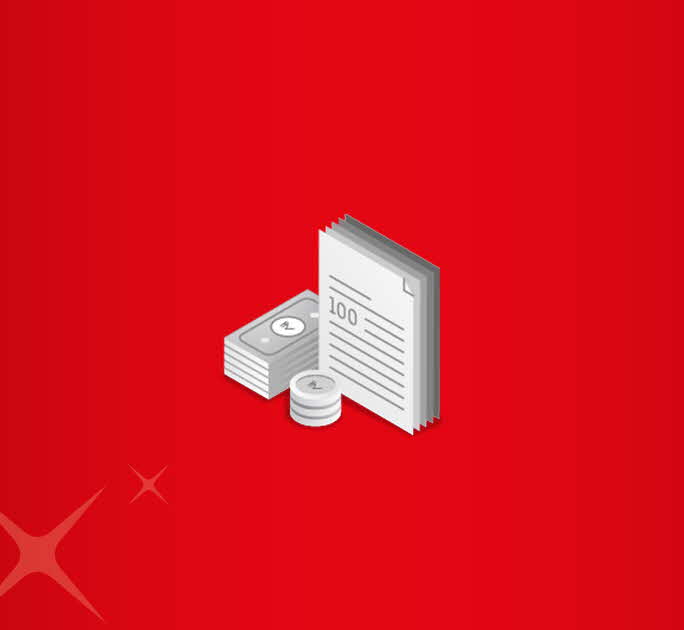- Save
- Invest
- Borrow
- Pay
- More
- Customer Services

How to Invest in ETFs in 5 Easy Steps
Learn more about what exchange-traded funds are, how they work and how to invest in ETFs
TLDR Points
For investors looking to diversify their portfolio, ETFs offer an excellent option. Here’s why:
- Low fund expenses as they are passively managed.
- You can buy and sell them on the exchange at intraday prices like shares.
- Lower portfolio risk as it diversifies holdings within an asset class.
- Tracks financial markets like an equity index, or commodity prices like gold.
Introduction
Who said amateurs can’t plan their mutual funds investment to amplify their returns? Diversifying your investment portfolio may seem like an uphill task, especially if you have little knowledge of how the market works. But this article will show you an easy way.
An efficient way of diversifying is investing in exchange-traded funds (ETFs), which invest in a basket of equities, debt or commodities.
Let’s first understand what ETFs are and then dive into how to invest in ETF in India.
What are ETFs?
Think of ETFs as a basket of different types of securities. An ETF may hold in its portfolio assets like equity, debt and commodities such as gold. Like other mutual funds, when you buy an ETF, you are issued units of a fund at the prevailing rate. Unlike other funds, though, ETFs are actively traded in the market, and their prices move throughout the day based on the value of its holdings and demand and supply.
Most ETFs are linked to indexes such as the Nifty or Sensex or commodities like gold. Since they mirror an index, they don’t need active management by a fund manager. As a result, most ETFs have a low expense ratio.
How do ETFs work?
An ETF has the characteristics of both a mutual fund and shares.
- Like a mutual fund, an ETF invests funds of investors in a portfolio of securities. In return, investors are issued units of the fund.
- When the price of the underlying securities fluctuates, the price of the ETF also changes.
- Like shares of a company, you can buy and sell units of an ETF on the exchange during market hours.
- The primary difference between an ETF and a regular mutual fund is how they are priced and traded. In an ETF, prices can change throughout market hours, whereas in a regular fund, prices are declared once every day, and you can buy and sell on the published net asset value or NAV.
How to buy ETFs in India
The process of buying or selling ETFs is the same as buying and selling shares on the exchanges. There are two ways of investing in ETFs. You can invest through a broker, or you can do it yourself online.
You will need a trading and Demat account to buy, sell and hold ETFs. You can check with your bank or broker if they distribute ETF schemes.
Conclusion
Similar to index funds, ETFs also mirror a broad section of the market. As a result, they offer the benefit of diversification. They are usually passively managed funds that have lower expense ratios. These factors make ETFs a much sought-after investment option, especially among new investors.
Download the digibank app and choose from over 250 mutual fund schemes. The process is quick, seamless and paperless.










